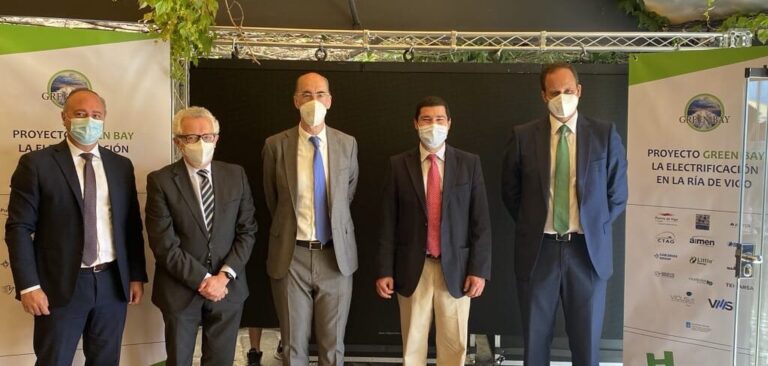A private initiative led by Aister Shipyard, in collaboration with the Galician Shipbuilding Cluster Association (ACLUNAGA), the Automotive Technology Centre of Galicia (CTAG) and the Port Authority of Vigo, Spain, has launched the Green Bay project, which it claims is an ambitious plan that seeks to electrify shipping in the Vigo estuary and create an industrial ecosystem to provide technologies and components to local shipyards.
The group says the objective of the project is to eliminate CO2 emissions from commercial operations in the waters of the Vigo estuary, whether from port activities, passenger traffic or aquaculture vessels. Once the model has been developed, Aister says it wants to lead further environmental transition in European coastal areas.
The project will draw on synergies between shipbuilding experience present in the northwest of Spain and the technological development of the Galician automotive industry, which is felt to be more advanced in the field of batteries and vehicle autonomy.
In addition to the electrification of shipping and the supply of components, the project will also focus on the installation of battery recharging points in port. This, notes Aister, involves not just ships’ operators, but also the port’s authority, as well as energy suppliers. Furthermore, the project intends to work toward electrification of public transportation in Vigo, to further reduce the city’s emissions.
As a first stage in the project, Aister has identified vessels operating within Vigo’s inland waters that are most suitable to electrification. It notes that fish farming or inland passenger traffic would be ideal candidates for full electrification, due to their planned and recurrent routes. Conversely, vessels such as tugboats, pilot boats and other workboats are better suited to incorporate hybrid propulsion systems.



